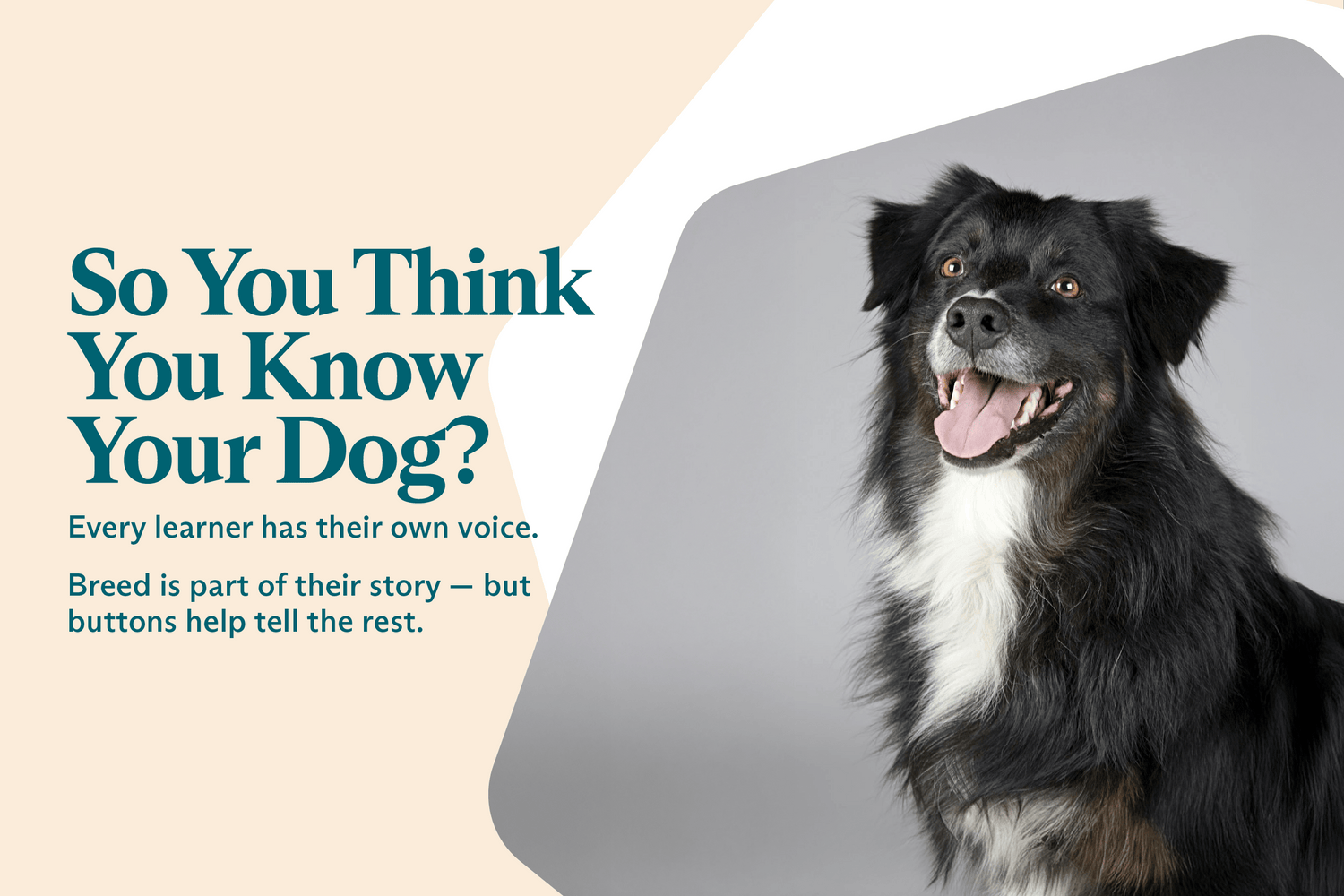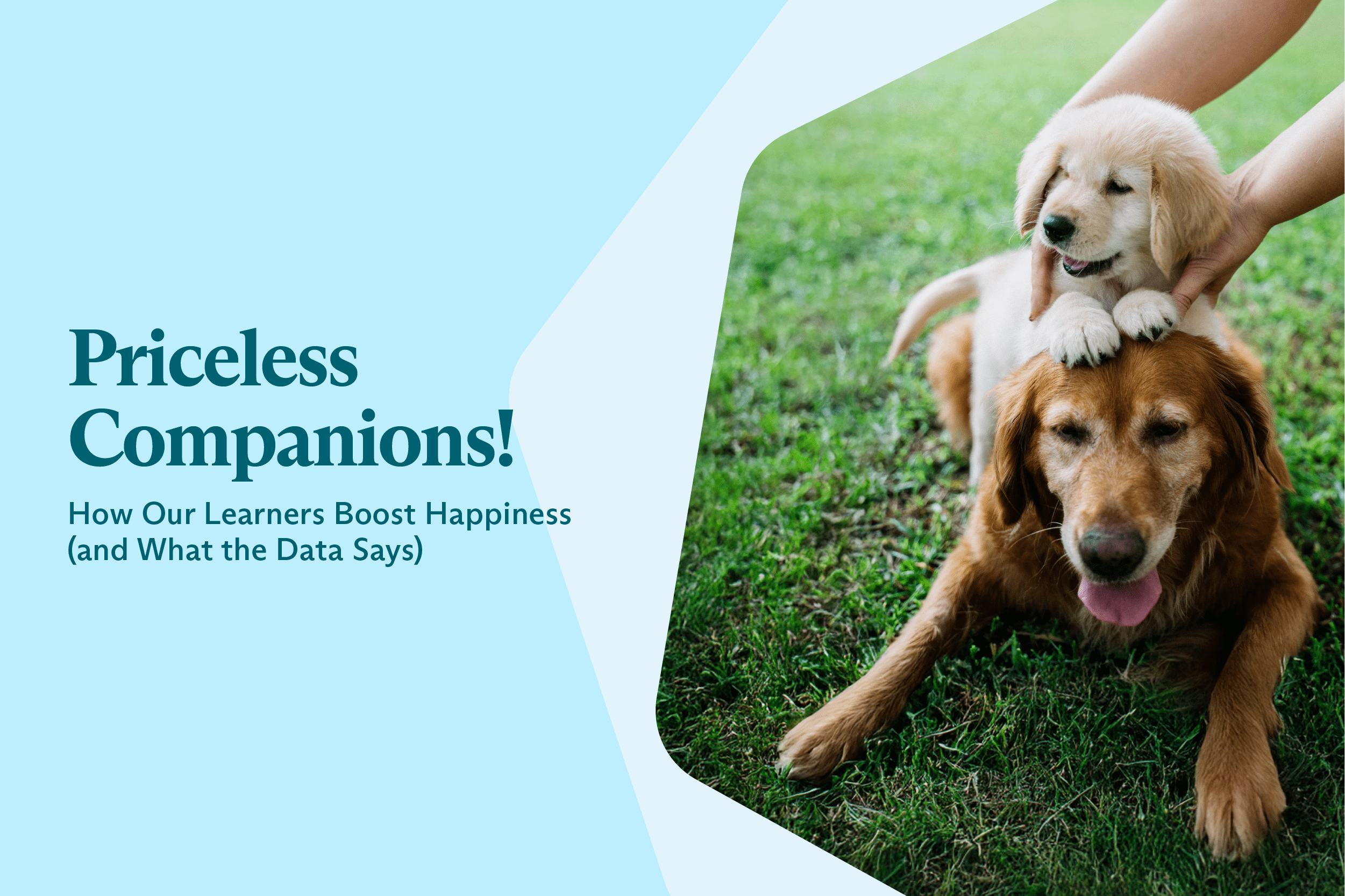When I first adopted my late dog Remy, it was clear that he was a hound. If his long ears and big eyes weren’t proof enough, once he found his voice there was no question at all that he had that signature hound dog bay. The people at the rescue organization suspected that Remy’s mom, who was also in their care, was a Plott hound. They didn’t know about his dad. Having grown up with setters and spaniels, at the time, I didn’t know much about hounds other than what I’d seen in movies and read in books about them following their noses to the end of the world and howling up trees after anything that moved (hands up, anyone who is still traumatized by Where the Red Fern Grows). So I was curious to know more about this breed that I had never even heard of. I discovered that Plott hounds were originally bred by two brothers with the last name of “Plott” who emigrated from Germany and settled in the mountains of North Carolina. There they raised dogs who were both gentle in the home, and very skilled at hunting, especially the wild boar found in that region of the US. It wasn’t until later in Remy’s life that I opted to do a DNA test to confirm his ancestry. The results showed that he was indeed 100% hound— two-thirds Plott and one-third Treeing Walker coonhound. Remy’s disposition, independent yet loving, stubborn but gentle, curious and complex converted me into a hound lover, and, after his passing when it came time to search for a new canine companion, I knew where to look.
The importance of breed
Whenever I talk to people about relationships with dogs and dog behavior, I always stress the importance of thinking about who a dog is as an individual. That is, consider what their unique experiences, perceptions, and quirks are that shape how they respond to the world around them. Though they share some coonhound characteristics, my current dog Sonder has a very different personality than Remy did, likely in part due to his rough start as an abandoned puppy. So why, if recognizing a dog’s uniqueness is paramount to knowing who they are, do we care so much about dog breeds?
Knowing a dog’s breed can help us understand their ancestry, which in turn can help us predict not only how they might look, but also some of the ways they may behave, how they might express themselves, and what they may be interested in. Scientists have shown (1) that a dog’s genetic heritage (represented by their breed) can be indicative of physical traits like coat color and ear shape, and some behavior characteristics like excitability, fear, and attachment styles. They have also found that breeds are linked to differences in brain anatomy (2). And, as I’ve written before, all of these things can influence how dogs learn and interact with us.
How accurate are people when it comes to identifying their dog’s ancestry?
Dog breeds are all about genetics, which means they can also play an important role in a dog’s health and overall quality of life. Because of this, breed is a factor that we often consider as a key variable when conducting veterinary, behavioral, and cognitive research aimed at improving dog welfare and promoting longevity. Just as with parents who give pediatricians details about their children, canine science researchers are dependent on dogs’ caretakers to provide pertinent information about their pups -- such as ancestry -- when participating in studies.
Given that people don’t always know their dog’s full history, my colleagues at the Dog Aging Project and I wanted to find out how reliable dog guardians are when reporting about breed. In a recent study, we compared reported breed with DNA testing results for more than 5,600 dogs in the United States (3). And it turns out, people are usually accurate when it comes to knowing their dog’s primary breed make-up. In our study we found that 80% of the time, people’s beliefs about their dogs’ breed or breeds were consistent with the DNA tests (55% were dogs with one breed, and 46% were mixed-breed dogs).
When caretakers didn’t agree with the DNA results, it was usually because a reported breed was very uncommon and not represented in the genetic panel, or the dog had a mix of breeds that were genetically very similar to what the person reported. Interestingly, in many of the cases where people didn’t agree with the DNA test results, especially in the case of mixed-breed dogs, they reported they were simply surprised by the results based on conjecture or visual and behavioral characteristics, aka breed biases!
What’s the take-away?
As a researcher, it’s good news to me that people seem to have a good sense of who their dog is. This means I can be confident that the stories and facts they share with me about their pups are accurate data points. But this study also once again reiterated the importance of paying attention to the “whole” dog, and not always relying on breed-related biases and assumptions when it comes to getting to know them, or working with them through learning challenges or behavioral difficulties. The truth is, while definitely influential, genetics are just one piece of a much bigger puzzle of a dog’s lived experience. The more you know about all of your dog’s history, the better equipped you can be to help them learn and thrive.
Join the conversation at community.fluent.pet!
Biogliography:
Courtney Sexton is a Postdoctoral research scientist at the Virginia-Maryland College of Veterinary Medicine and has a PhD in Evolutionary Anthropology and Comparative Animal Behavior from The George Washington University.




Leave a comment
This site is protected by hCaptcha and the hCaptcha Privacy Policy and Terms of Service apply.